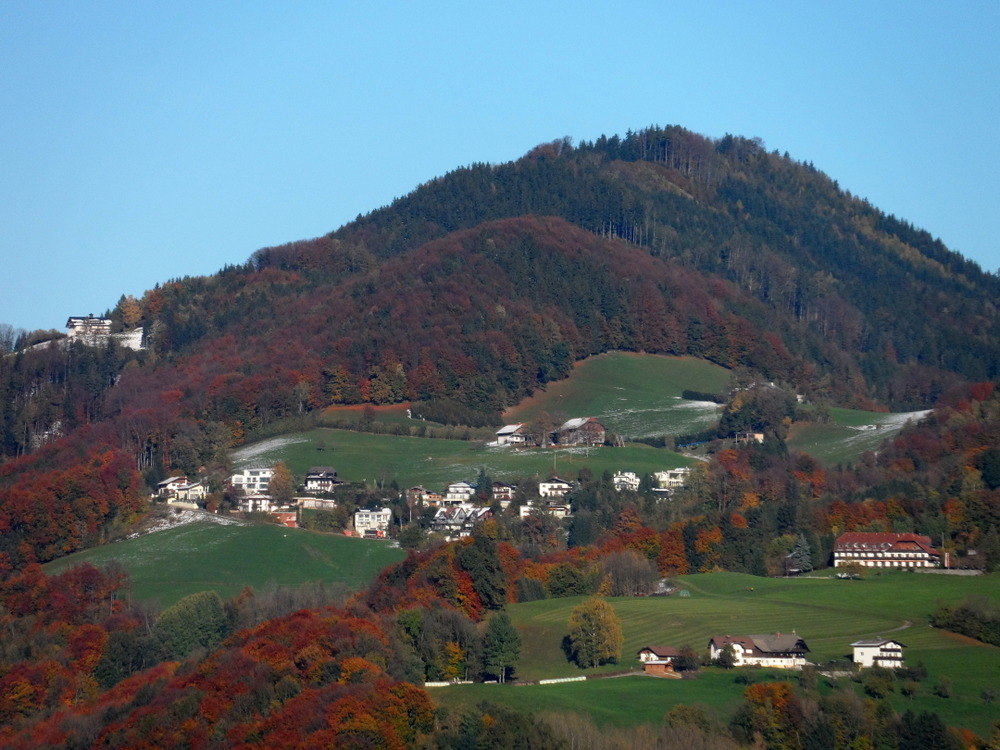A little background: My undergraduate university requires all students to earn a certain number of credits in various disciplines to be eligible to graduate. It's part of the university's liberal arts, general education curriculum that strives to make its graduates well-rounded young adults. Now, it's been a little while since I was a freshman in college, so I may or may not be making some of this stuff up. Reader, prepare to have your Disbelief suspended.
Fine Arts is one of the disciplines in the liberal arts curriculum. I just checked, and my university requires students to take three credit hours in Fine Arts. See, this is where it gets a little bit murky; I sort of believe that I needed to have six credit hours in Fine Arts. Did they change the requirements? Am I becoming forgetful in the twilight of my twenties? Does it really matter?
We're going to go with my belief that I had to take six credit hours. For my first course in Fine Arts, I chose Theatre 100: Introduction to the Theatre, a class with approximately 200 students set in a lecture hall with an overabundance of the color orange. The class was taught by a woman with wildly curly hair and a penchant for tea-length plaid skirts. Her stage crew of five to six TAs always sat at the front of the lecture hall, but they are all but forgotten. 50% of students never came to class unless there was an exam; 25% came in sweatpants, tried to pay attention because they needed the class to graduate, but texted and doodled away; and then there was the final 25% - the serious kids. We either wanted to become actors or wanted to read some plays. I fell into the latter group. It was in this class that I first read A Raisin in the Sun, A Doll's House, Bertolt Brecht, and Suzan-Lori Parks. I haven't thought of this before, but I think Theater 100 inadvertently helped me realize that I was fooling myself in thinking I could study anything besides literature. When I handed in my Change of Major form the next semester, I felt like a weight had been lifted off of my shoulders. All in all, without taking this class as part of my liberal arts education, I may not have come to realize my destiny so quickly. And yes, this is an epic tale so I can talk about my destiny.
For my second course in Fine Arts, I decided on Art History 173: History of Western Art: Neoclassic to Contemporary. Why? My thoughts when choosing to register for the course were probably, "Oh, it would be boring to learn about stones, so prehistoric art is out. Rococo? Like the clock says in Beauty and the Beast? Nah... Wait! ARTH 173 has ten spots left until it's filled! Totally gonna register for THAT." The course-registering-power of underclassmen at my university was pitiful. We basically took what we could get, even when it was an eight AM lab or a course given by a professor with the worst ratings on Rate My Professors.
Art History 173 followed the same format for every hour and fifteen minute class: we took down the artist name, date, title of the piece, medium, and whatever else, and possibly eked out one, max two bullets about the sociocultural context of the piece before the professor moved her PowerPoint to the next slide. Rinse, wash, repeat.
Rote memorization is not my idea of learning, but it was the professor's idea of assessing. Plenty of nights were spent doing my laundry in the basement of my dorm with my art history notebook keeping me company. I needed to earn a good grade, since hey, I needed this course to graduate, so I crammed my young, impressionable head with silly facts that I've completely forgotten. Who cares about the messages the artists were trying to convey when I needed to know whether the canvas was rather small or rather large, and yes, it surely was 1917 when Duchamp created "Fountain." * Never mind how people reacted to Picasso painting the human form from multiple perspectives in the same painting. But, students, where is the painting located? Facts. Facts. Facts.
*It's really scary that when I looked up the year after typing 1917, it was 1917. You see what useless space this professor has laid claim to in my brain!
During one class, the professor showed some paintings that fell into the movement/genre/category of Photo Realism. I loved, loved Richard Estes, and Chuck Close sounded all sorts of interesting because his portraits were BIG and very detailed.
Well, Salzburg recently opened an exhibit, "Chuck Close: Multiple Portraits," and when I heard that, I figured that we would go to Museum der Moderne and take a look.
If there's anything to come away with, it's that behind great works, there's an awful lot of skill, preparation, and time spent. And that's not something I could have learned in an Art History lecture.
I leave you with a quote (and let's not even get into the parallels between Close's art and the process of writing, dear future students):
"All the best ideas come out of the process; they come out of the work itself."
- Chuck Close
We had to take the Mönchsbergaufzug, the elevator through the mountain, to reach MDM.
Faces.







No comments:
Post a Comment